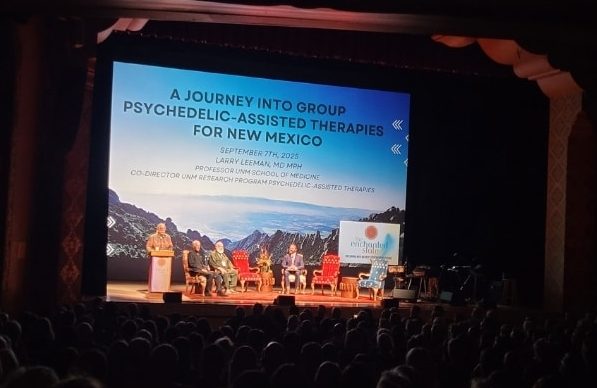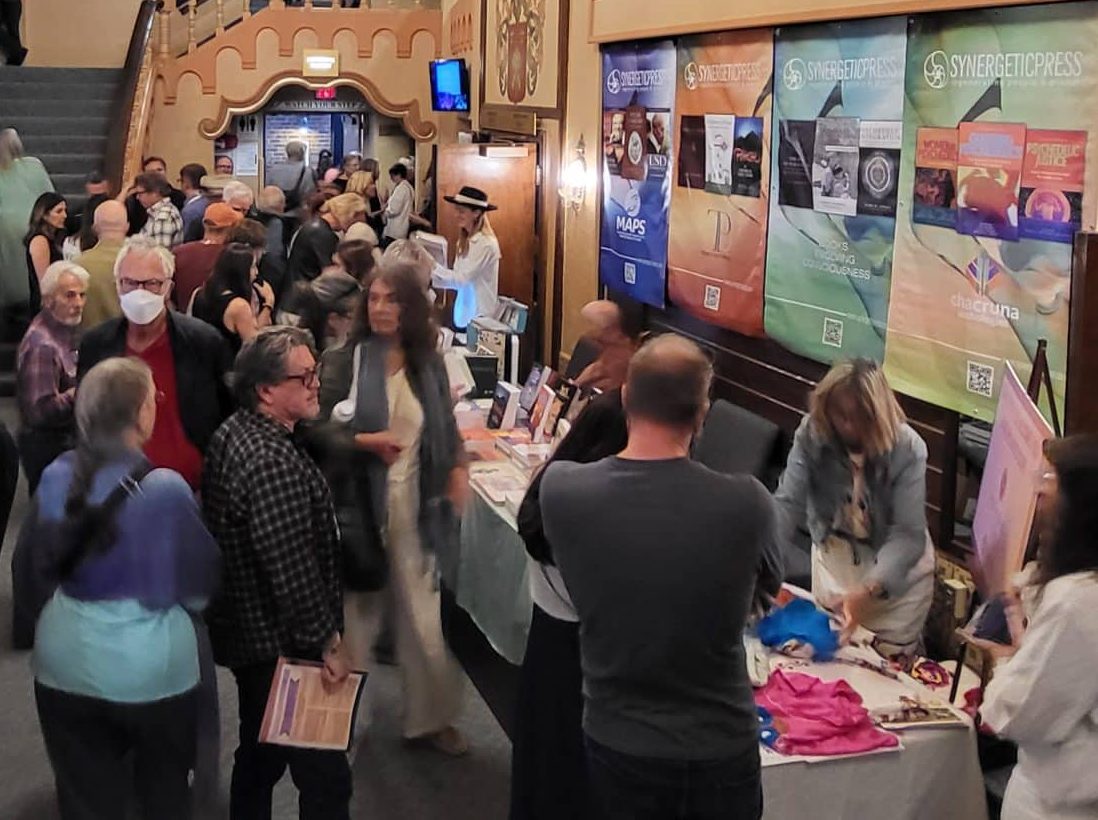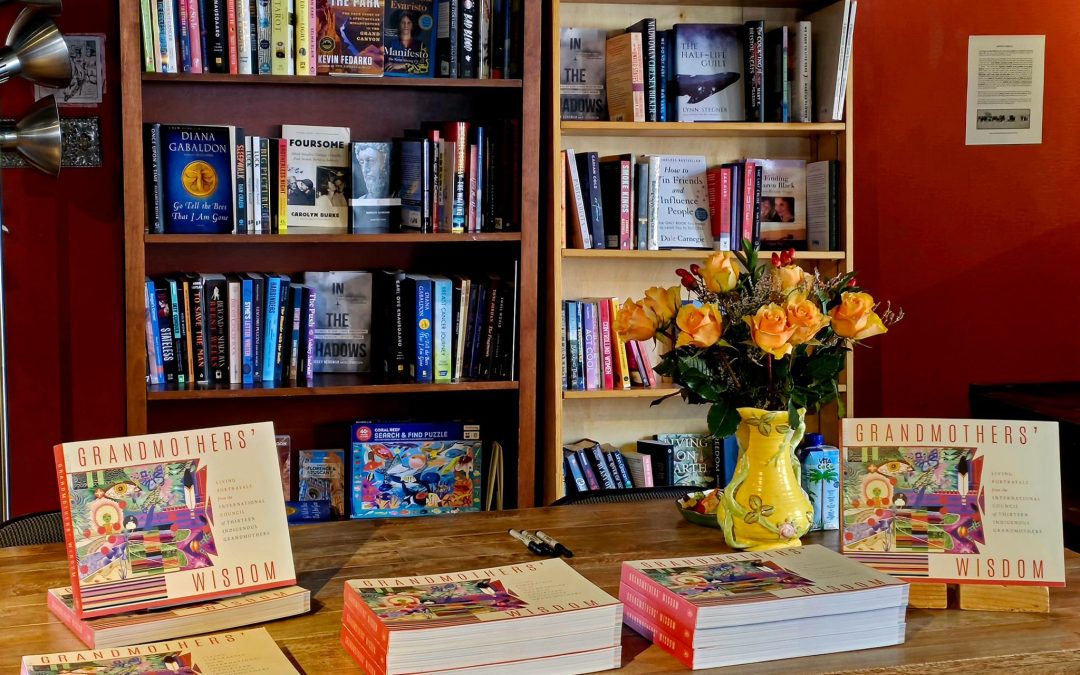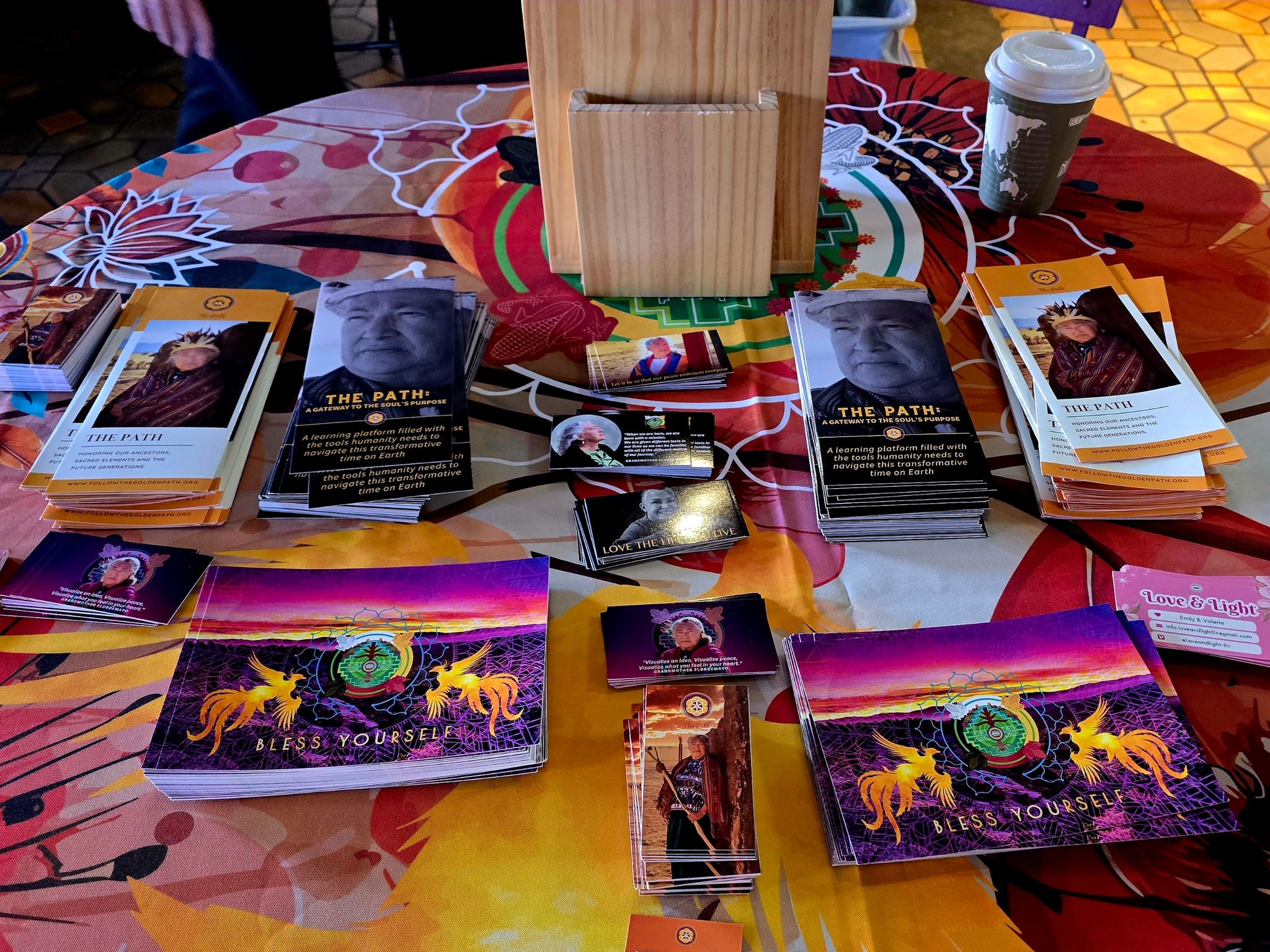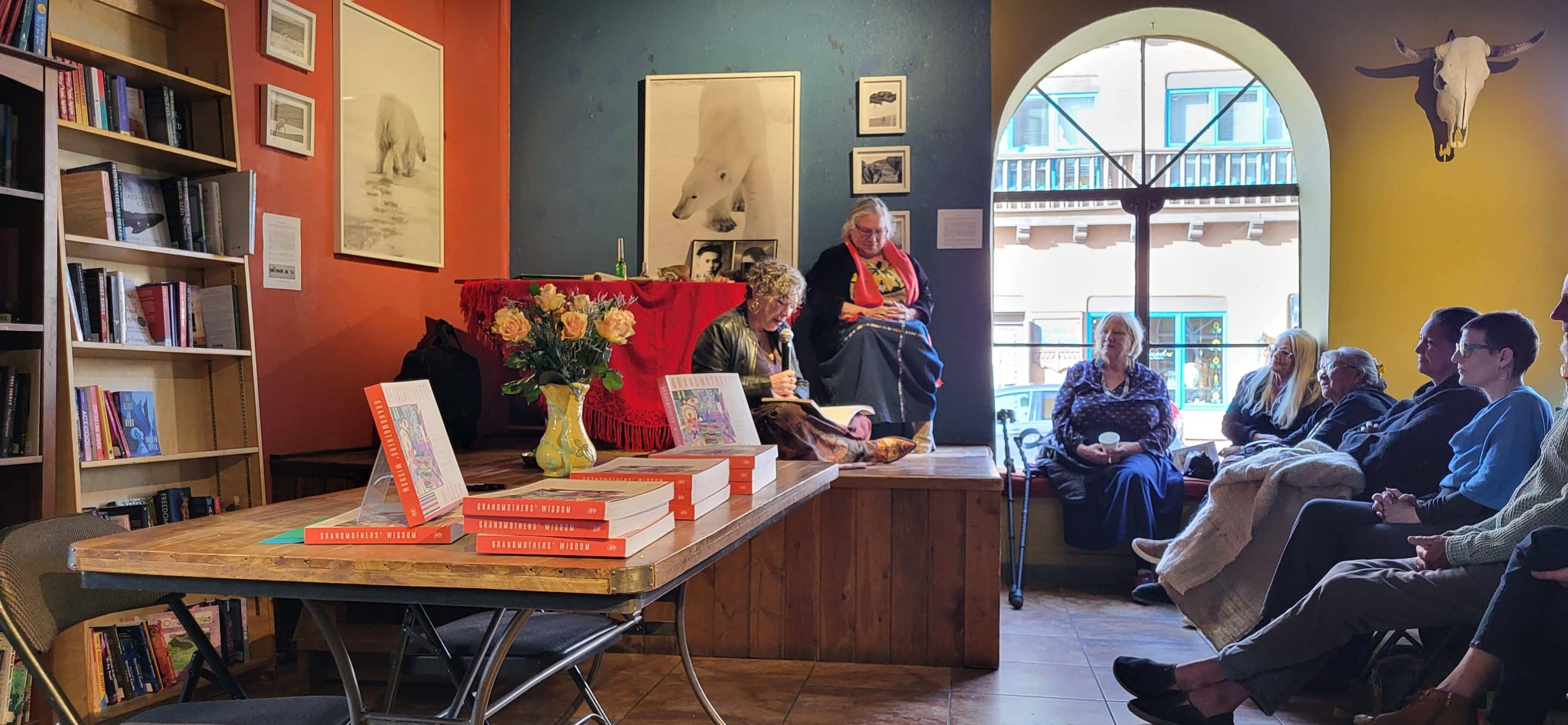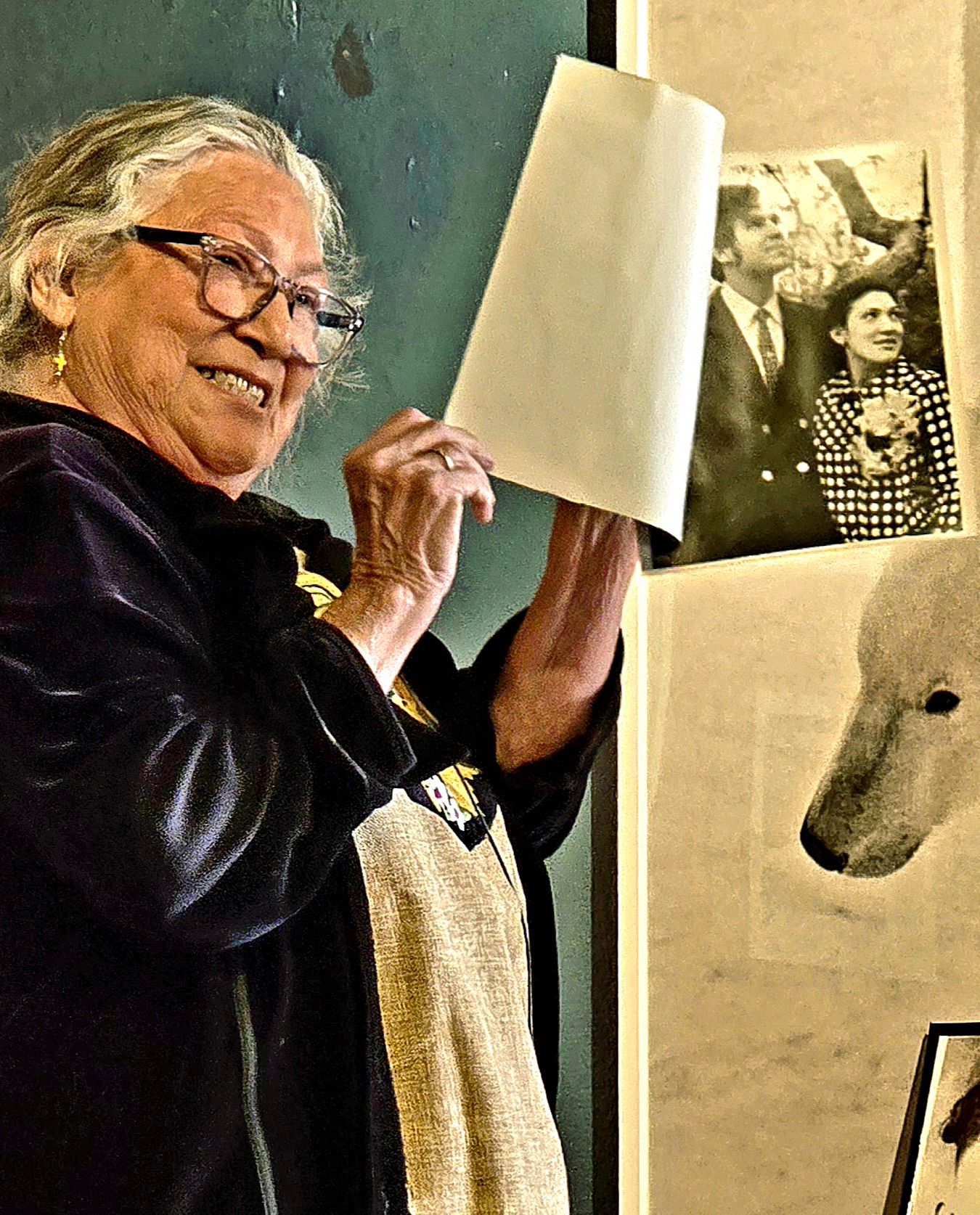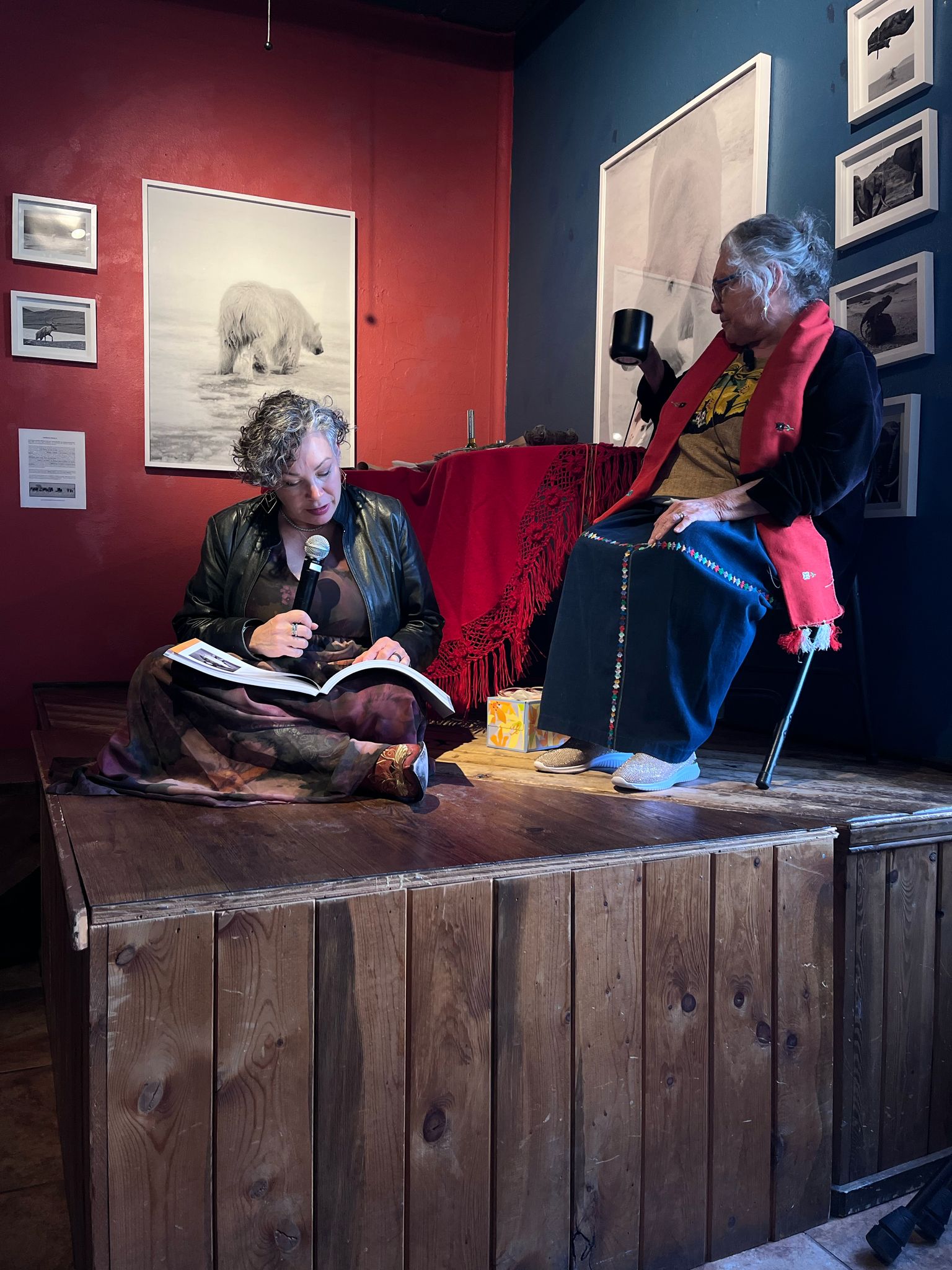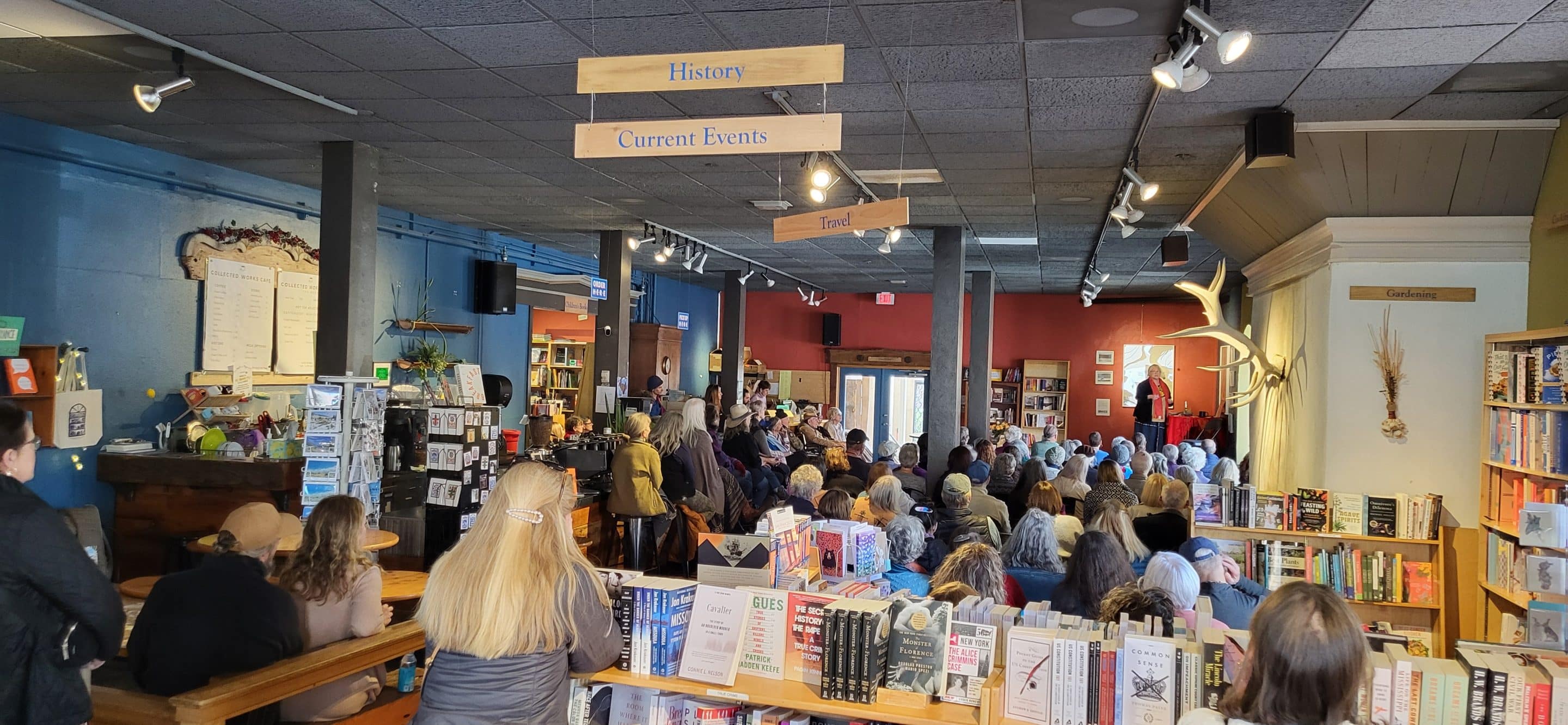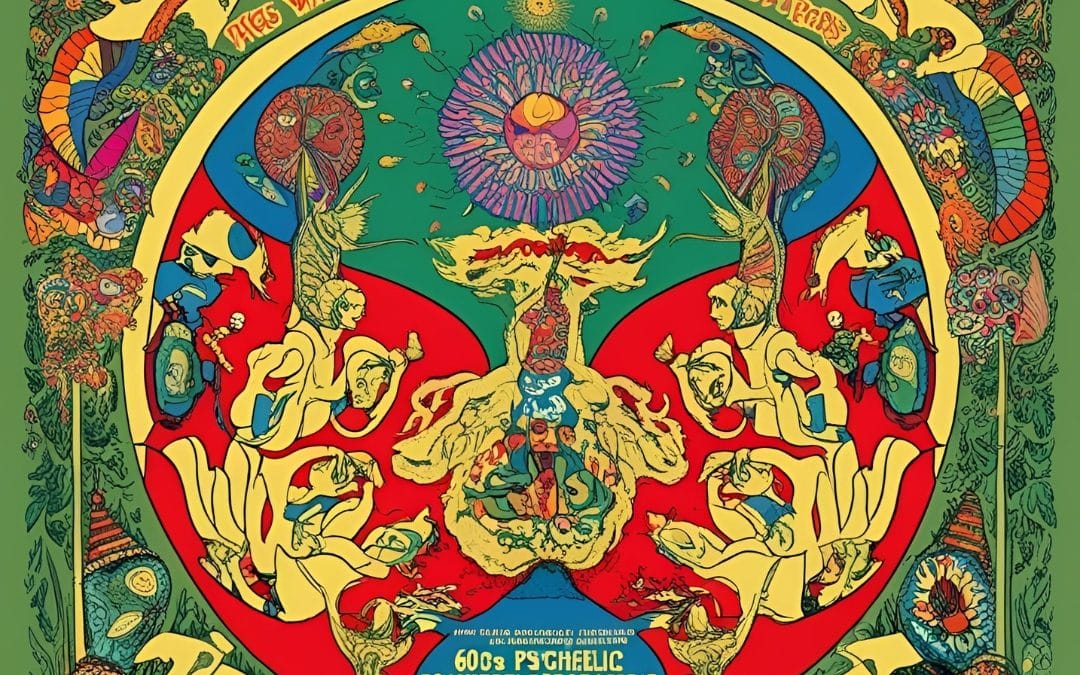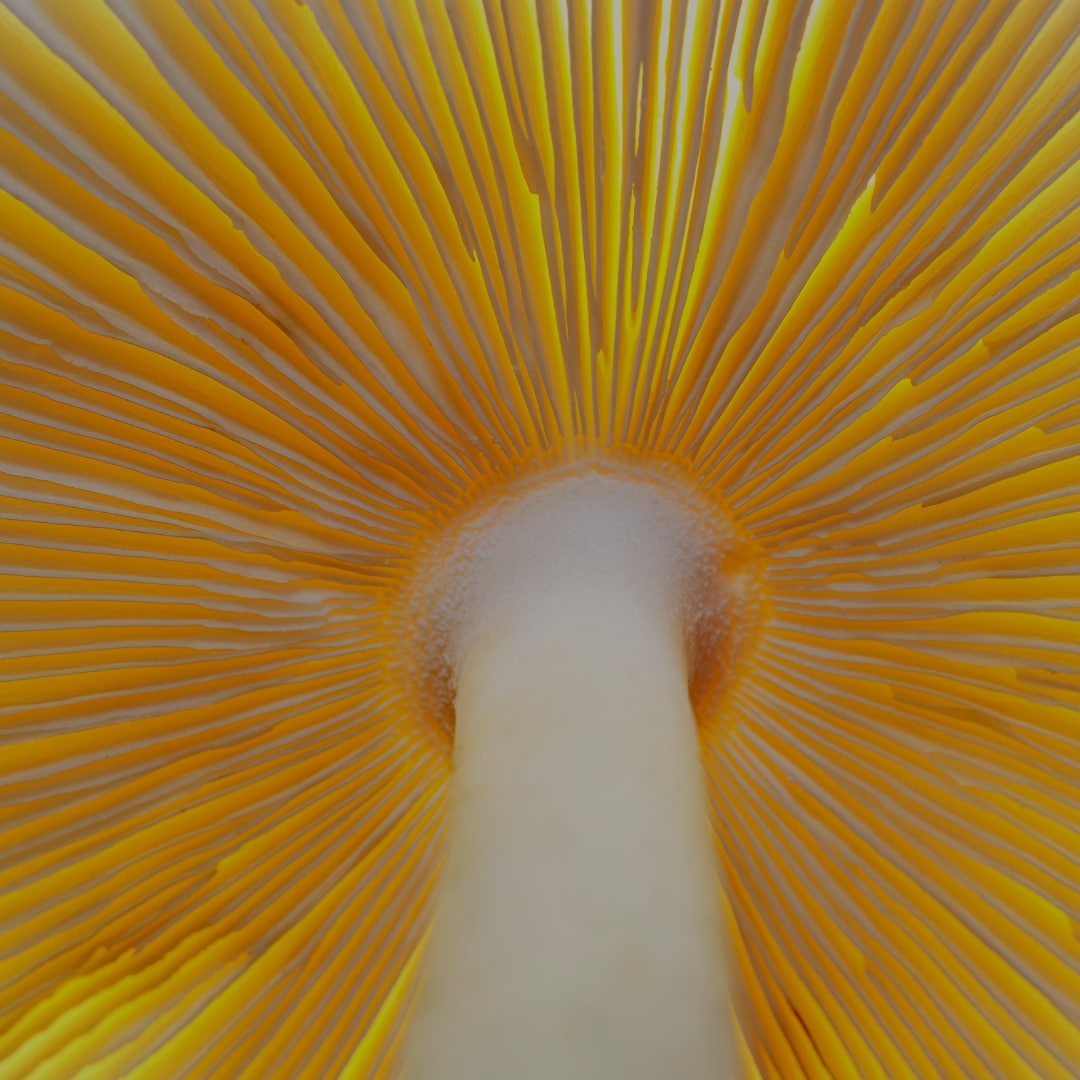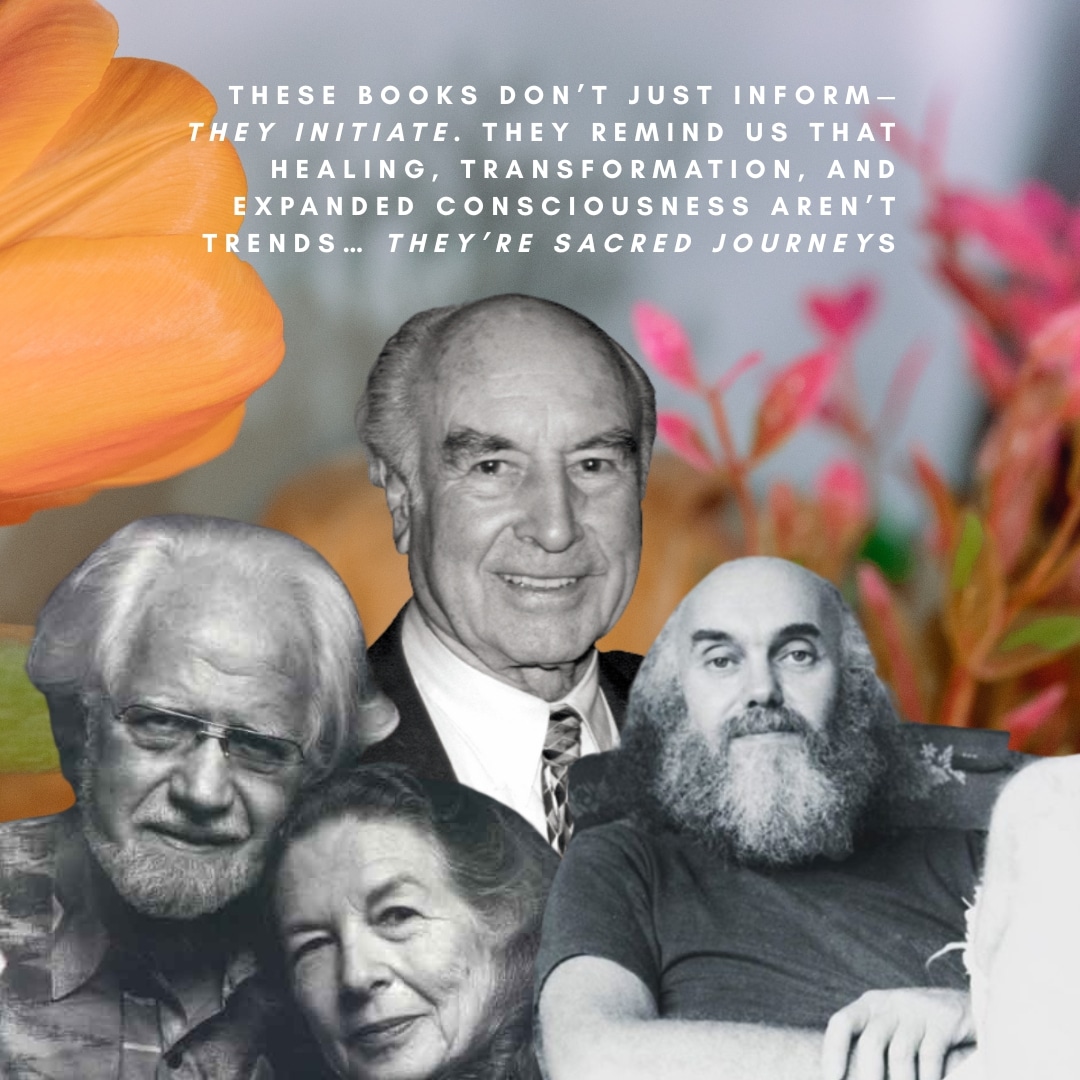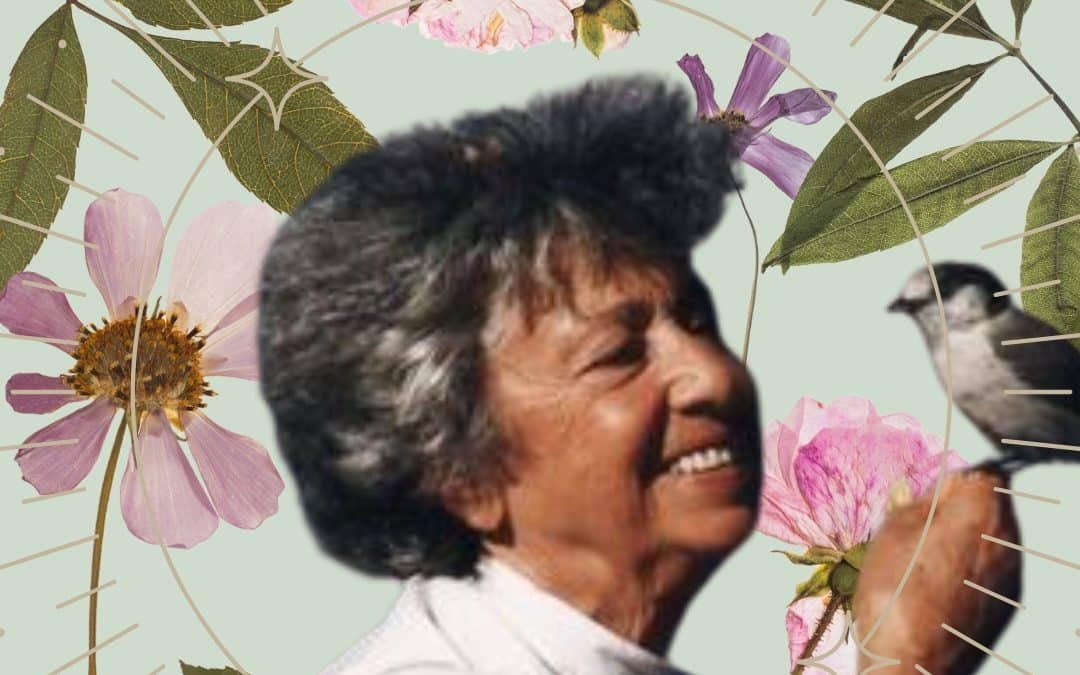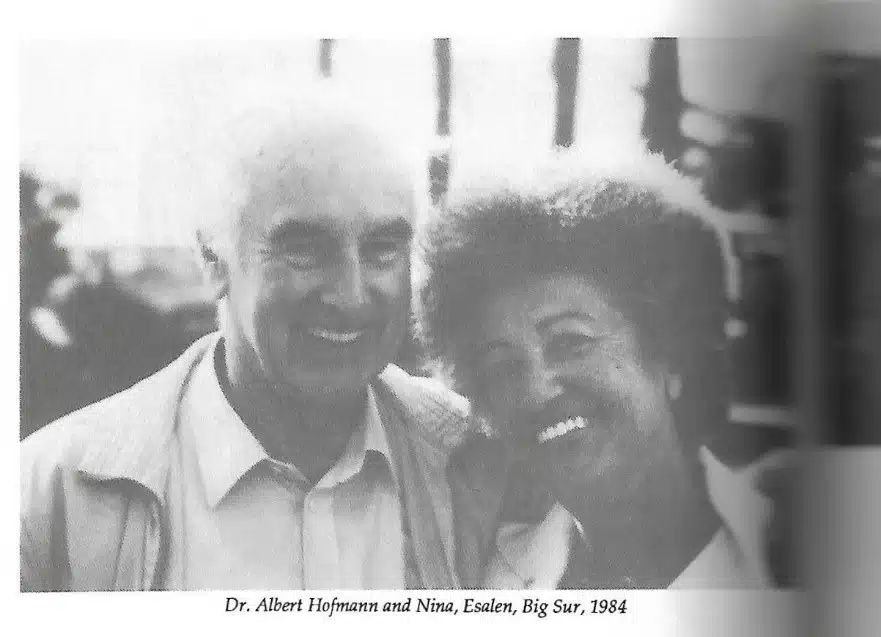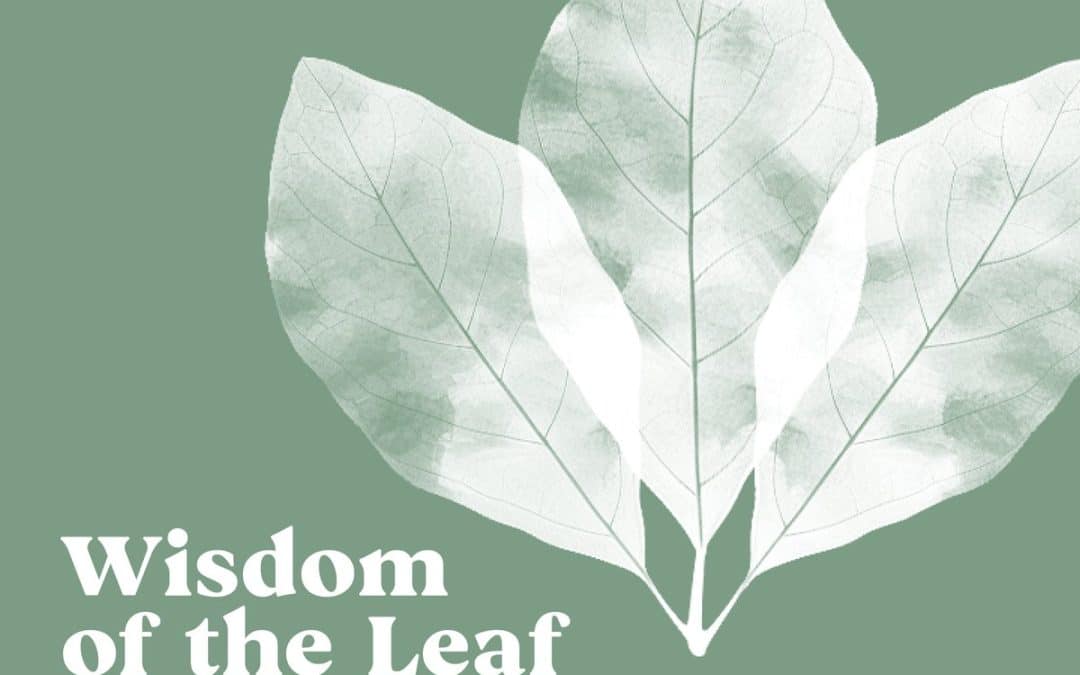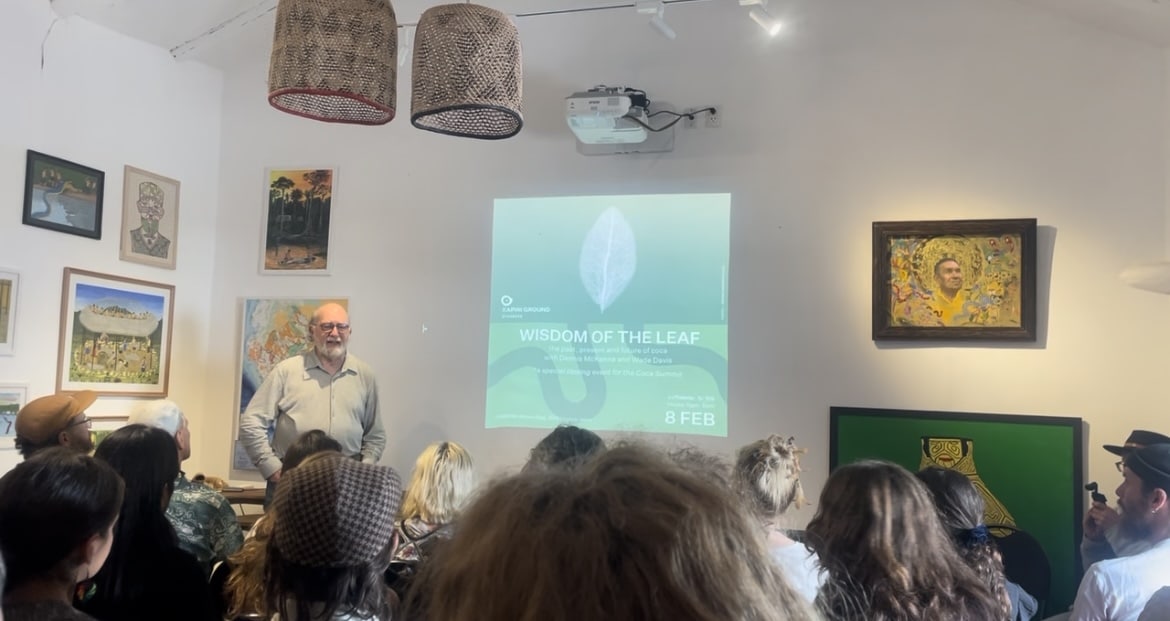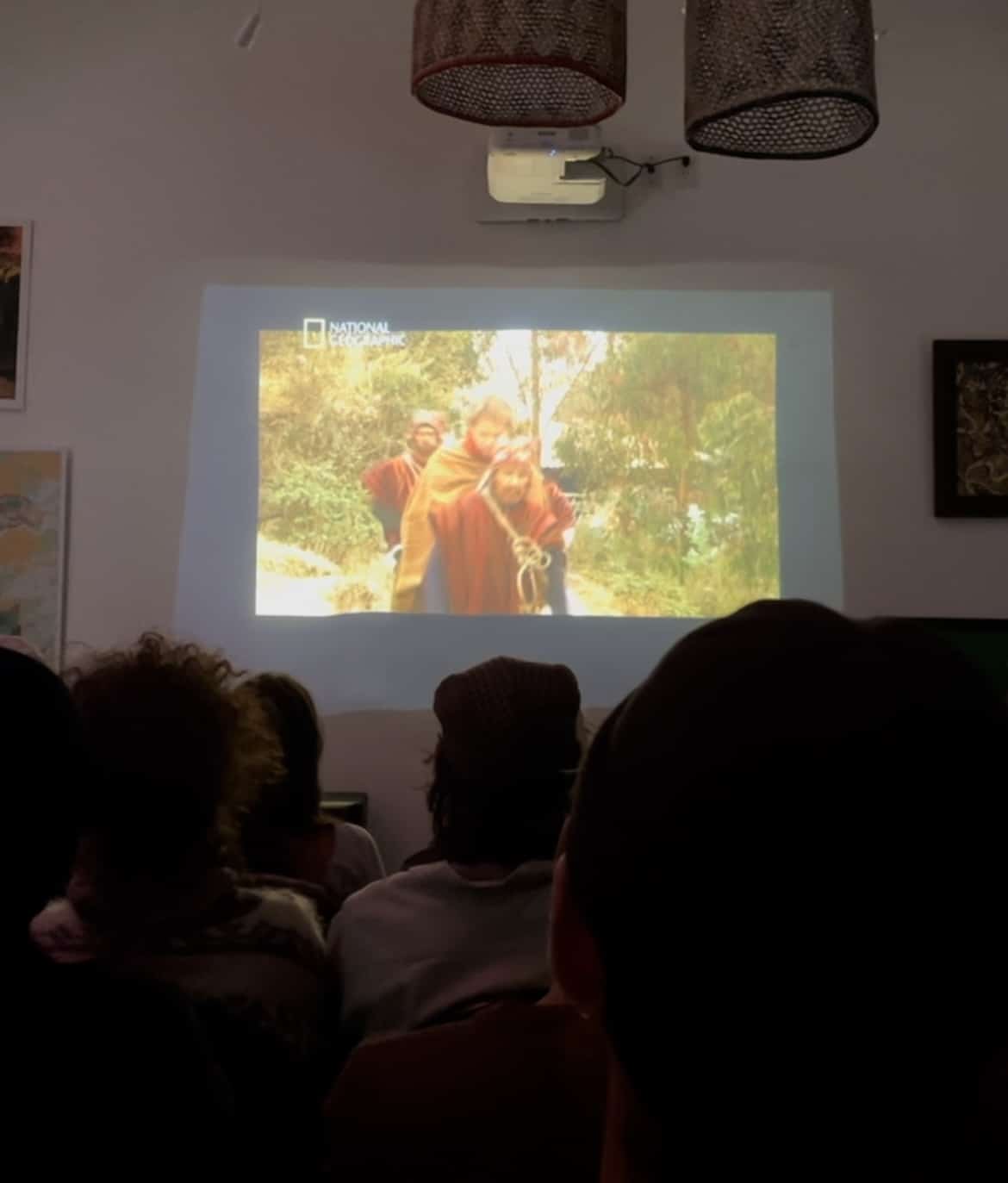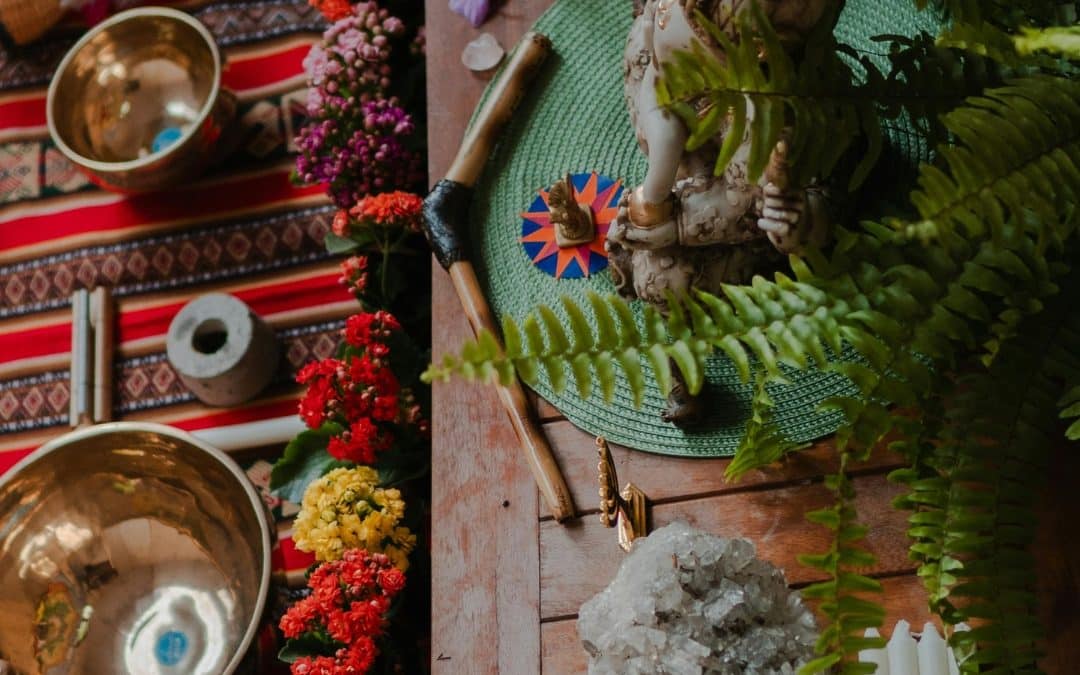
Reclaiming Thanksgiving: A Return to Reciprocity
Remembering What It Means to Give Back
Thanksgiving has shifted meanings many times throughout history. What began as a sacred time to give thanks for our blessings has been reshaped, rewritten, and in many ways, forgotten. But long before Europeans ever set foot on these lands, Indigenous nations across Turtle Island held ceremonies of gratitude—living, breathing moments of reciprocity between humans, land, water, animals, and Creator.
For thousands of years, nations such as the Wampanoag, Haudenosaunee, Powhatan, and Nipmuc gathered to give thanks for corn, beans, and squash. They feasted as communities. They honored their ancestors. They offered prayers and sacred gifts to the land that nourished them. Gratitude was not a holiday—it was a way of life. Thanksgiving, in its truest form, predates the Pilgrims by millennia.
In 1621, after a brutal winter that took half their community, the surviving colonists at Plymouth held a harvest gathering. They invited Massasoit of the Wampanoag Nation, who arrived with 90 of his men. For three days, they shared food and diplomacy. It was not called Thanksgiving, nor was it a simple celebratory feast. The Wampanoag were mourning great losses brought by foreign diseases. Their presence was also political, a fragile alliance aimed at survival. Still, this moment became the mythologized origin of the holiday.
Yet one of the earliest official “days of thanksgiving” came in 1637—after English colonizers massacred hundreds of Pequot people. The governor declared a day of thanksgiving to celebrate the victory. This painful truth is often erased from the story. For many Native Nations today, Thanksgiving is honored as a National Day of Mourning—a time to grieve, remember, and resist erasure.
Thanksgiving didn’t become a national annual holiday until much later. In 1863, amid the Civil War, Abraham Lincoln proclaimed a national day of thanksgiving to create unity. In 1941, the U.S. Congress fixed the holiday on the fourth Thursday of November.
And yet, through all this retelling, something profound was lost.
The Creation of Holidays: Building our own Future
In modern times, society has hijacked this day—reshaping it into a spectacle of consumption. “Buy more, or you’ll miss out.” “Sale ends tonight.” The natural rhythm of gratitude has been swallowed by artificial urgency. Somewhere along the way, we forgot the art of giving. True giving. The giving that flows from the Earth to our hands and back again. The giving that is an act of selfless love rather than feeding the corporate machine.
But we are living in a moment of conscious return. A moment where we can pause, reflect, and choose differently. Our intuition knows better. Our spirits know better. We are not bound to the stories of scarcity and speed. We can choose actions that regenerate our bodies, our land, our communities—not just our pockets.
Indigenous peoples around the world have been trying to remind us of the most basic truths: reciprocity, offerings, humility, reverence. Remembering that we are small human animals walking upon a living Earth. No show. No ego. Just love. Just gratitude. Just the simple acknowledgment that everything we touch is a gift.
So what does it mean to make an offering?
How can you offer something meaningful from your home?
What can you give back to the land this year—water, food, prayer, silence, protection?
Why should our gifts be ones that continue the legacy of regeneration?
Because the most powerful gifts are not disposable, not quick, not forgotten. They are gifts of knowledge. Gifts of insight. Gifts that inspire others to grow their own wisdom and nourish their community. Gifts that give back.
So this year, what will Thanksgiving mean to you?
What offering will you place on the altar of the Earth?
What seeds—of consciousness, of kindness, of regeneration—will you plant?
The answer is yours to create.
